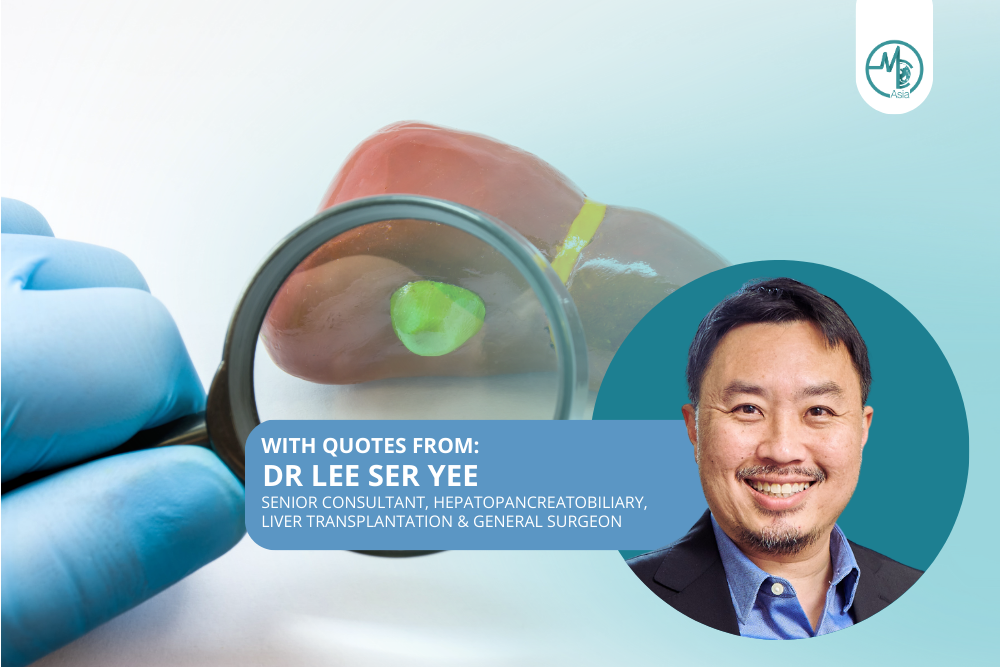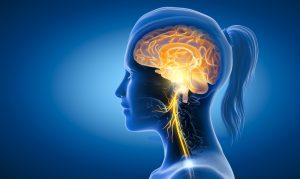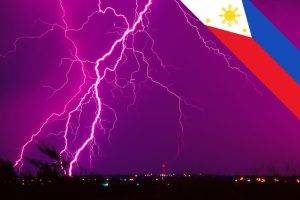The gallbladder, a small, pear-shaped organ situated beneath the liver, plays a crucial role in our digestive system.
However, its health is often overlooked until discomfort and illness strike. From painful gallstones to critical inflammation, gallbladder diseases can significantly impact life quality, making awareness, timely diagnosis, and treatment imperative. We learn more about this condition with Dr Lee Ser Yee. Dr. Lee Ser Yee specialises in Hepatopancreatobiliary surgery (HPB), Liver transplantation, and minimally invasive Surgery (MIS). His area of expertise lies in minimally surgery to treat liver, gallbladder and pancreas diseases.
Understanding the Gallbladder’s Role
This tiny organ is mighty, storing bile produced by the liver, which aids in breaking down fat from food in the intestine. The gallbladder releases bile into the small intestine, facilitating the absorption of vitamins and nutrients.
Dr Lee warns that gallbladder diseases are more likely to happen to those who are:
- 60 years old and older (Younger in females)
- Consume food with high cholesterol, high fat and oil content
- Pregnant due to extra levels of oestrogen, which increases cholesterol levels
- Overweight or obese
- Have a family history of gallbladder diseases or gallstones
Common Gallbladder Ailments
Dr Lee also explained the most common gallbladder ailments:
Cholecystitis
This is the inflammation and infection of the gallbladder resulting from a build-up of bile caused by gallstones blocking the tube leading out of the gallbladder. Some of its symptoms include a sharp pain in the abdomen that spreads toward the right shoulder, fever and nausea
Gallstones
These are solid deposits of bile fluid that develop in the gallbladder over time. The sizes of gallstones can range from a small grain to a golf ball. They do not cause symptoms until they cause blockage, which will result in pain. Once they form, medications and diet modifications are not effective. However, those that do cause persistent and intense pain or frequent symptoms such as bloatedness or discomfort will require gallbladder surgery.
Dr Lee added, “One of the most common gallbladder diseases in Singapore are gallstones, which can block the bile duct or the pancreas and cause intense pain and infection (e.g., cholecystitis and pancreatitis). Gallstones constitute a significant health problem in developed countries, affecting about 15% of the adult population and it gets more prevalent in older populations.”
Chronic acalculous gallbladder disease
This condition refers to problems such as inflammation of the gallbladder without gallstones. Chronic acalculous gallbladder disease can result from complications from other health problems such as starvation, and long-term illness. Upper abdominal pain/sudden, intense, or persistent discomfort is a common symptom.
Gangrene or abscess
This refers to the death of tissues brought on by an intense bacterial infection or an inadequate amount of blood flow. Gangrene can affect internal organs such as the gallbladder in severe infections. These are more frequent and can be silent in people with Diabetes.
Growths of tissue in the gallbladder
Polyps or abnormal growths of tissues inside the mucous lining of the gallbladder are usually benign and might indicate other gallbladder problems. They can cause inflammation and have a small chance of becoming cancerous, especially in patients with a strong family history of cancer. Surgery is required if the patient presents with symptoms of the growth is deemed to be suspicious or at risk of harbouring cancer.
Tumours of the gallbladder and bile ducts
Tumours can form in the bile duct and gallbladder that can cause extrahepatic biliary obstruction or the blockage of the normal bile flow from the liver to the intestinal tract. One of the primary causes of this condition is gallstones.
Biliary dyskinesia
This is a functional gallbladder disorder that affects the motility of the gallbladder or its ability to move bile out into the bile ducts. Biliary dyskinesia can sometimes affect the sphincter, which is the small muscle located where the bile channel empties into the intestine. When the gallbladder fails to move bile out into the bile ducts normally, the collection of bile can cause the gallbladder to become swollen or fuller.
Identifying the Red Flags
Symptoms of gallbladder diseases can be silent or significantly pronounced. Common warning signs include:
- Severe abdominal pain, particularly in the right upper quadrant
- Nausea and vomiting
- Fever or chills
- Chronic indigestion
- Jaundice (yellowing of the skin or eyes)
Common Signs and Symptoms
Dr Lee shared that all conditions are different, yet they share common symptoms such as:
- Abdominal pain, specifically in the upper right abdomen
- Bloatedness, indigestion, abdominal discomfort
- Vomiting and nausea
- Fever or chills or rigours
- Jaundice or yellow-tinted skin and eyes
- Tea-coloured or dark urine
- Chronic diarrhoea or oily stools
- Light-coloured pale stools
Conclusion
Gallbladder diseases present a spectrum of challenges, often emerging silently and catching individuals unaware. As Dr Lee Ser Yee highlights, awareness and understanding of risk factors are crucial in early detection and management. These conditions, ranging from gallstones to more severe ailments like gangrene or tumours, underscore the importance of vigilant health monitoring and prompt medical attention.
Next week, we invite you to delve deeper with us in the second instalment of this interview with Dr Lee Ser Yee, focusing on diagnosis, treatment, and prevention strategies.














